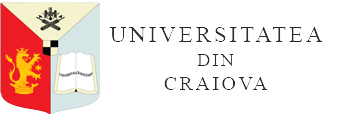METHODS OF PROTECTING THE ENVIRONMENT BY USING AUTOMATED AND COMPUTERIZED WORK TECHNIQUES IN THE CEREALS GRINDING PROCESS
DOI:
https://doi.org/10.52846/aamc.v52i2.1422Abstract
The technological flow from a compound feed factory is a very complex one, starting from the storage of raw materials in special bunkers, then their movement to the processing installations with the help of conveyor belts, grinding the cereals, adding all the ingredients indicated by the assortment recipe, mixing and homogenization, and finally granulation and sterilization of the finished product obtained. As can be seen, one of the basic activities carried out during the production process of various types of compound feed is the grinding of cereal grains, which involves the release of small dust particles into the atmosphere. Therefore, it is aimed to use high-performance work installations in compound feed factories, with a high degree of mechanization, automation and computerization, with high productivity and low specific consumption, to ensure a rigorous monitoring of dust and other noxes according to accepted European norms. This article analyses the technical working parameters in the cereals grinding area and presents the results of the experimental measurements carried out in the dust discharge areas, which prove the advantage of using automated and computerized work installations, equipped with special filters which respect the optimal projected parameters and which ensure the rules imposed by the European Union for the protection of the environment.


